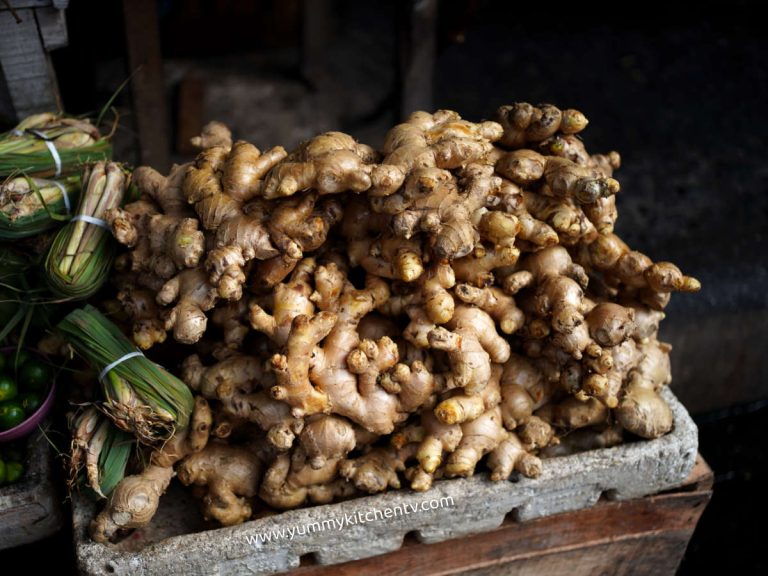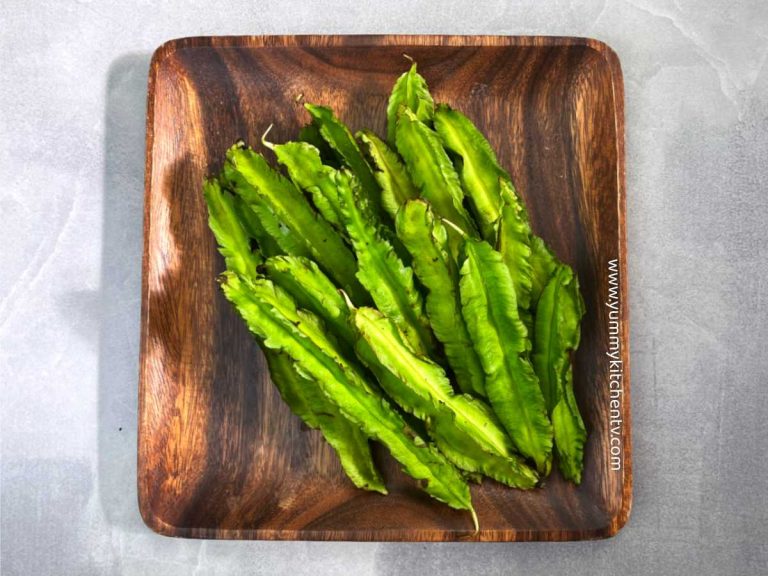Star Anise
Star Anise or the dried fruit of an “Illicium Verum” is an evergreen shrub native to Southwest China and Northeast of Vietnam. More familiarly known for its dried form of pods sometimes with seeds inside, connecting in the middle to form a star-shaped spice with a distinct slightly bitter and sweet licorice flavor. You’ll likely see them in many Asian dishes like broths, stews, soups, braised dishes, curries, baked goods, and drinks as these add a nice depth of flavor, warmth, and spicy complexity into any dish.
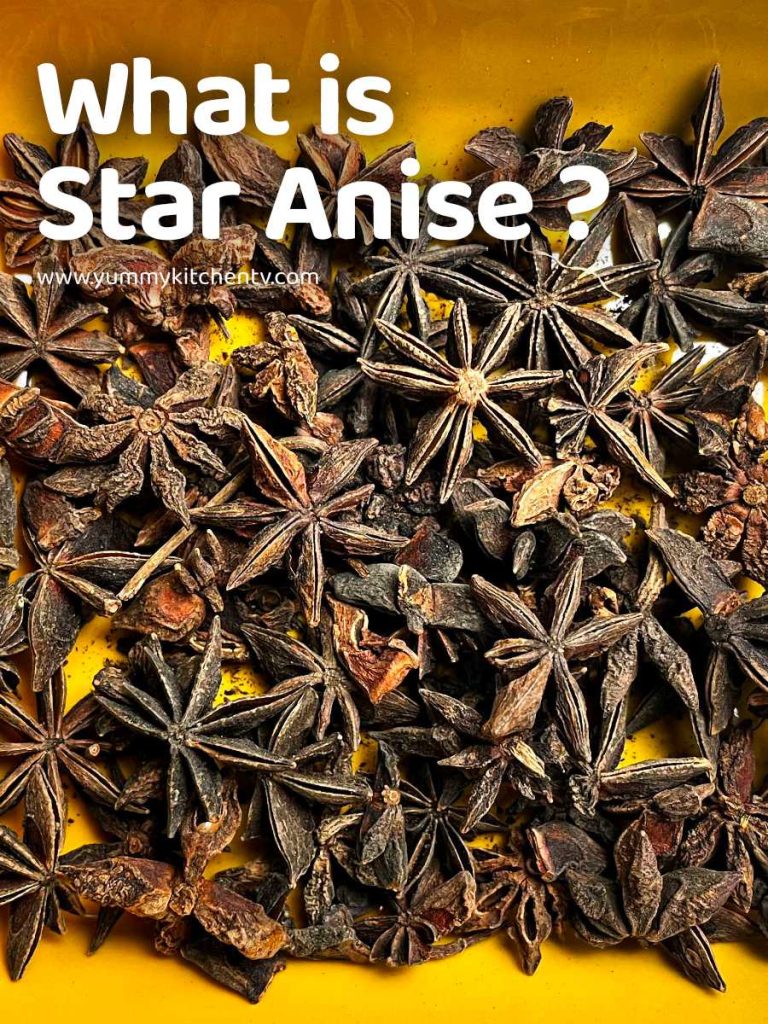
A short introduction
The Star Anise plant (star anise pronunciation “ staar-a-nuhs ”) with the scientific name “Illicium Verum” which is Latin for ‘illicio’ meaning ‘to entice or seduce’ and ‘verum’ which can mean ‘genuine or true’. Some stating is what describes the scent of the spice. A strong spice that’s native to Southwest China and Northeast Vietnam. It might be known to others by it’s different names such as “Star Anise seed”, “Star of Anise”, “Star aniseed”, “Chinese Star Anise”, “Badian” or spelled as “Staranise”. A star-shaped ‘fruit’ that is harvested before it ripens, then dried. Used as a spice flavoring for food or turned into oil used to make perfumes, soaps, mouthwash, skin creams, or toothpastes.
What does star anise taste like? Both the seeds and the pods have a sweet and slightly bitter licorice-like taste. While many associate it with the Chinese cuisine especially the 5 spice powder that mixes sichuan peppercorns, cloves, fennel, and cinnamon, other Asian cuisine you can find this interesting spice added into are in Vietnamese pho, Garam Masala, Biryani Rice, Braised Pork, in pickling, and some spiced desserts like tarts, or poached apples or pears, drinks like mulled wine or ‘Golden Milk’ also known as ‘Turmeric Milk Tea’.
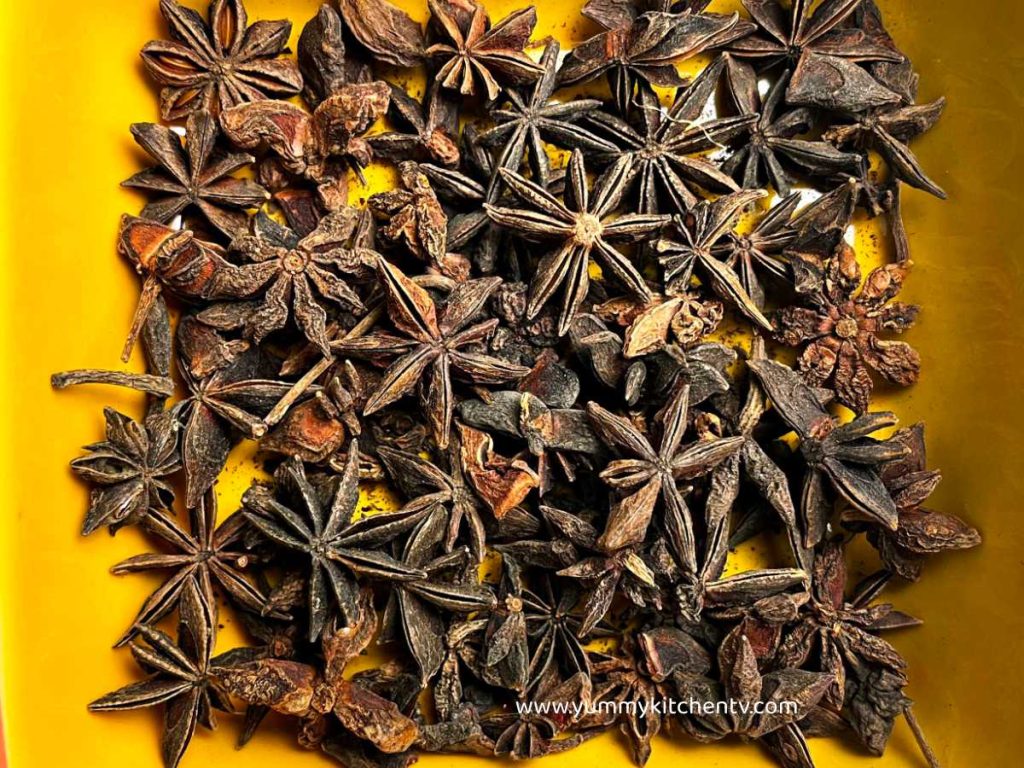
Health benefits
What is star anise used for? While more likely used as a flavoring to food rather than for its concentrated flavor. This shrub, dried, can contain antibacterial effects from it’s ‘shikimic acid’ that is also used in making flu treatments. While there is still a need to study further to fully test its properties. They are still popularly used in traditional medicine for stomach and respiratory problems. Here are some Star Anise benefits and side effects:
- Has anti-fungal properties that is the reason for the spice’s taste. ‘Trans-anethole’ from the spice can stop the growth of fungi in certain crops and humans.
- Can help one digest food better, promoting the production of enzymes that help breakdown food. This reduces the chance of indigestion and bloating.
- Are there any star anise benefits for skin? Yes it does help with the skin’s elasticity and firmness. These have Vitamin C and ‘Melanin synthesis’ that can also help fade dark spots.
* Star Anise tea benefits? Though many do claim its many health benefits, concentrated amounts or brewed teas of this spice can cause problems, drinking a lot can even turn it into poison. The tea version is also very unsafe for children and pregnant or breastfeeding mothers.
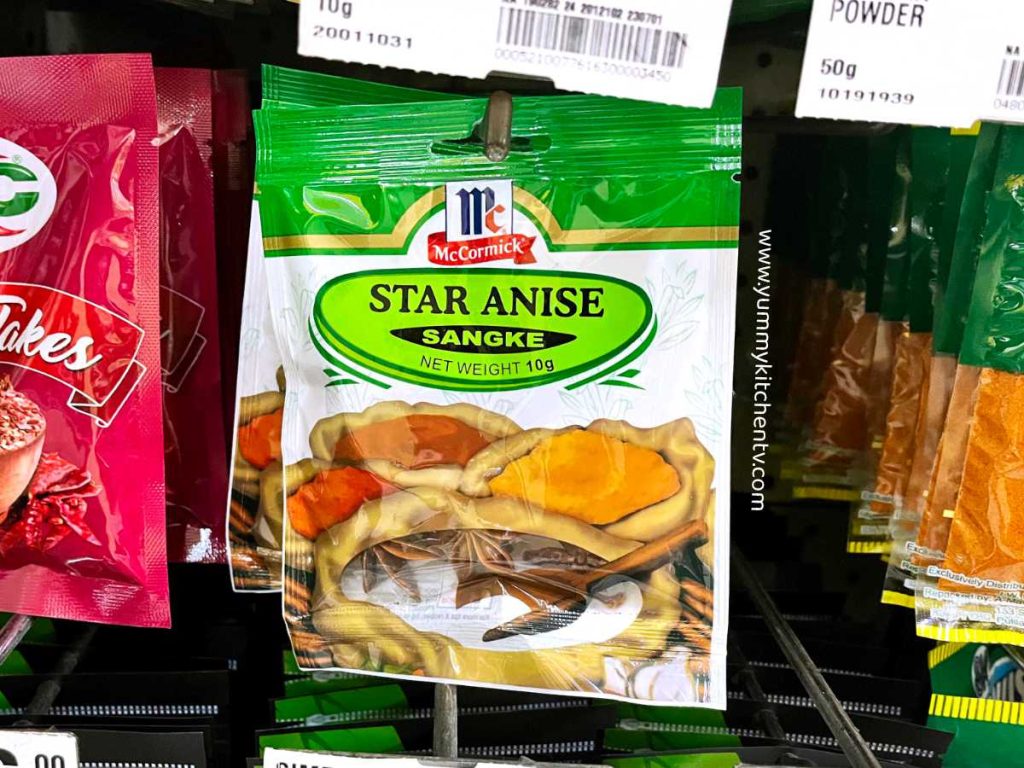
Star anise pods substitutes
While you can sometimes omit this spice when already using a mix of many spices, needing it used whole, or not wanting the need to grind these. Overall if you do not have them on hand here are some alternatives:
- Anise Seeds – while not related (see notes below) they do have a similar taste with Anise seed tasting a bit milder.
- Chinese Five spice powder – a ready made spice-powder that already has star anise and other spices like cloves, fennel, peppercorns, and cinnamon added in.
- Fennel Seeds – not similar in taste as its mostly zesty, but it does have a hint of licorice taste.
- Caraway Seeds – earthy, slightly peppery and citrusy with a mild star anise taste. These are also quite strong even in small amounts.
- All spice – these dried berries have a similar warm taste as anise, without the licorice taste. Some find it tastes like a combination of nutmeg, cloves, and cinnamon.
Anise Seed vs Star Anise
While both seem one and the same, with similar tastes, and are usually substituted with each other. They actually come from different parts of the world.
- The Anise Seed are cultivated from Egypt and the Mediterranean, from the anise plant which is native to those areas. These are small, thin, lightly brown-green oblong-shaped seeds similar in looks to a fennel seed.
- While Star Anise is native to Southeast Asia, from its name it is a star-shaped spice that are actually pods connected to a center, each pod has a seed, sometimes without as the seeds can come out of the pod before or after it’s dried.
- Star Anise is slightly more bitter than anise seed.
- Anise Seed has a milder taste and can be used in both savory and sweet dishes.
- Because both do come from opposite parts of the world; Anise seeds are usually used in western dishes from baked goods like breads and pies, to savory dishes, and into drinks. Star Anise can be found in most Asian recipes like the 5 spice powder in Chinese cooking, biryani, soy-braised dishes, garam masala, and other Asian-type broths.
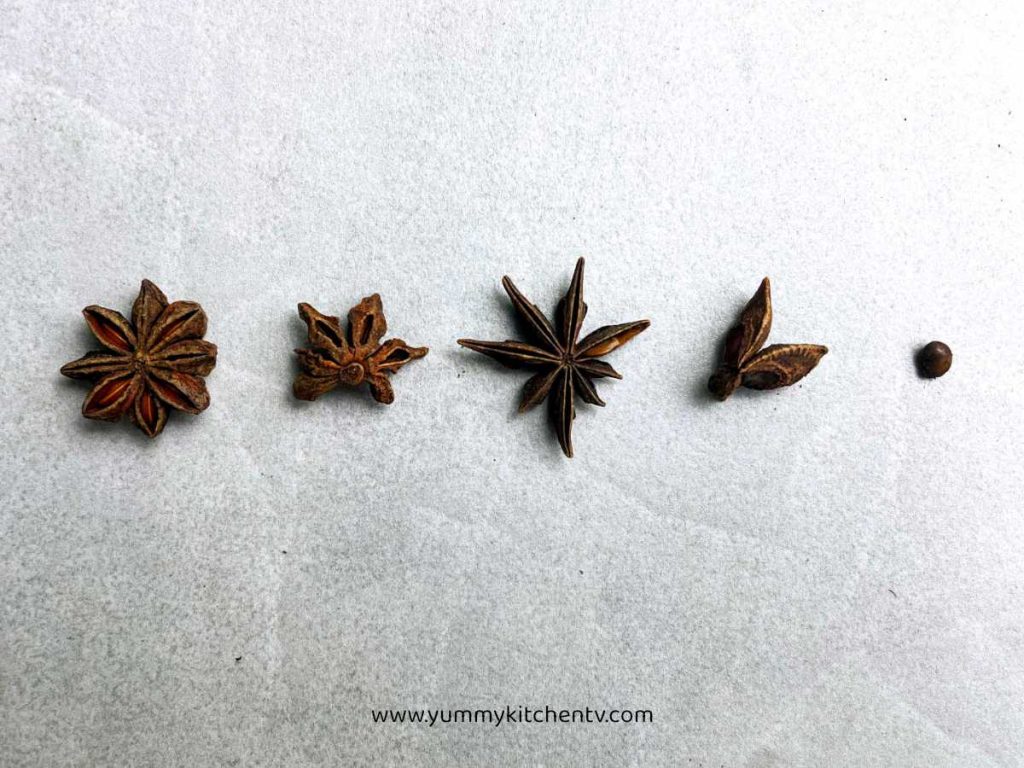
A beloved spice in the Philippines
This spice is simply called and spelled as “Anis” in Tagalog. It was brought by the Chinese to the Philippines during the 9th or 10th century. While it might not be the first spice you think of when thinking of Filipino cuisine, it is one of the top 10 spices that you can find in most Filipino cookbooks and online lists. With the uniquely diverse Filipino palate you’re sure to find a mix of sweet, sour, slightly bitter, and salty in the main dish. We Filipinos love a strong mix of aromatics and spices to pair with rice, even to the point that sauces are seen as the ‘main dish’. So you’ll likely find this spice added when making a braised dish not only for that added licorice-like taste but to also help remove any foul smells or gamey taste of the meat. See some of our Yummy Kitchen recipe examples below!
Star anise recipes :
- Beef recipes
- Beef Pares – a Filipino braised beef dish that is broiled in simple spices and aromatics.
- Pork recipes
- Pata Tim – A Filipino-Chinese soy braised pork dish
- Lechon Pork Belly
- Pork Humba – pork simmered in a delicious soy-vinegar sauce with a splash of soda for added sweetness and to help tenderize the pork.
- Chicken recipes
- Crispy Chicken Feet
- Chicken Feet Humba – tender chicken feet cooked in a sweet and savory, spicy, soy based sauce.
- Soy Fried Chicken
- Pan Roasted Chicken
- Lechon Manok sa Kawali – the pan-fried chicken version of the famous lechon.
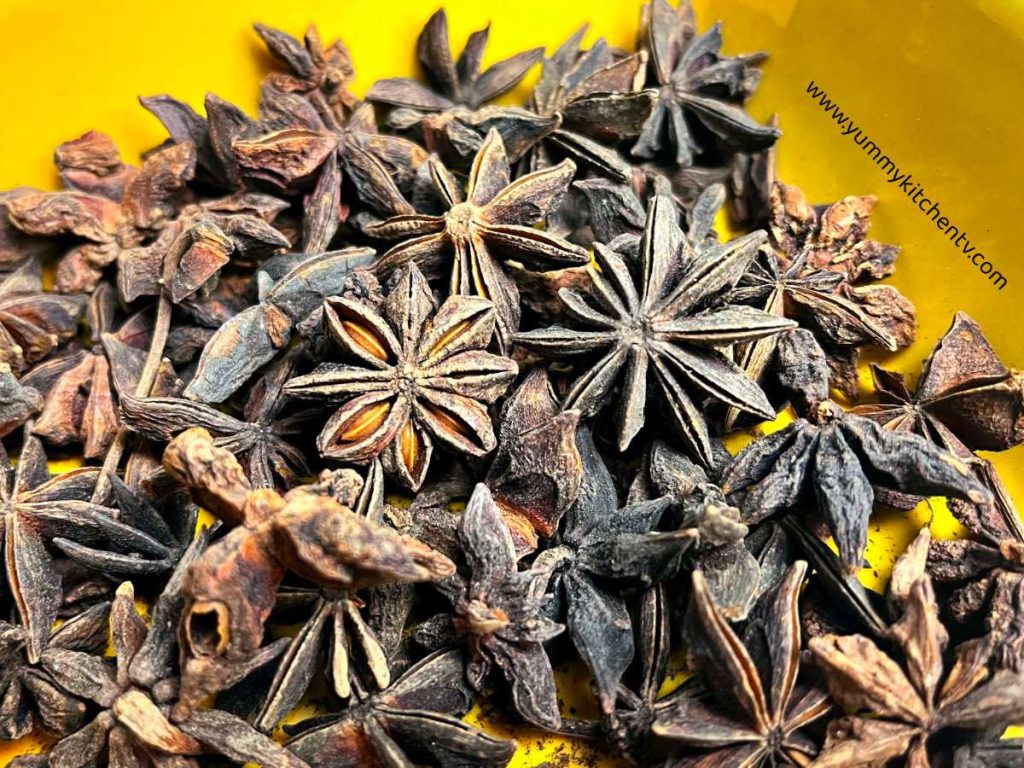
#StarAnise #Spices #AromaticFlavors #FlavorBoost #LicoriceTaste #CookingWithSpices #SpiceUpYourLife #HerbsAndSpices #AsianCuisine #FilipinoCooking



